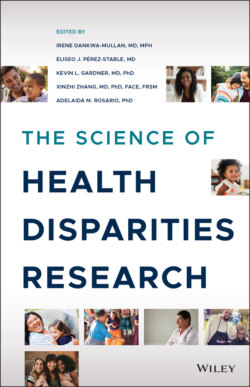Читать книгу The Science of Health Disparities Research - Группа авторов - Страница 74
4.4.3 Health Technology—Smartphone Use
ОглавлениеThe frequent use and broad reach of messaging on mobile phones have made them attractive tools in studies of behavior and health. Researchers appreciate their ubiquity, efficiency, cost‐effectiveness, potential for message tailoring, just‐in‐time communication, and likelihood of intake and responsiveness: within three minutes of receipt, 90% of text messages are read and 99% are opened. Receivers are rewarded with a dopamine release associated with text message receipt. A meta‐analysis and systematic review of text messaging interventions directed at behavior change and health improvement amassed from 15 carefully selected studies found that messaging interventions were effective in confronting behavioral determinants of health, such as medication adherence for antiretroviral therapy, diabetes management, smoking cessation, physical activity, stress and coping, and weight loss.
Of particular interest to health disparities researchers is that Latinos are significantly more likely than Whites to send or receive text messages (83% vs. 70%) and that both Latinos (83%) and African Americans (76%) use messaging more than Whites [36]. Likewise, Latinos (73%) and African Americans (67%) have been shown to be more likely than Whites (58%) to use their smartphones for health information [35].
Taking advantage of this use is Quitxt, a Latino‐attuned subscription service that promotes tobacco cessation by providing young adults real‐time support, interactive messages, and motivating videos and music. These create a culturally relevant path toward quitting and tools for handling related stress. Quitxt enrolled 798 participants in its initial launch; at the 7‐month follow‐up, investigators found that 21% (171) of enrollees reported abstinence. This finding is consistent with high rates of success found in studies of telephone counseling for young adults, and confirms that text and mobile media services specifically designed for young adults provide a feasible and potentially cost‐effective approach to promoting cessation [32].
Simply having access to mobile broadband can be an issue in remote areas [37], which means the lack of Internet access must be added to the limitations in that health setting. The cost of smartphone data and phone plans, as well as technology literacy and comfort among different age groups with technology, are also barriers that may further widen the digital divide and affect minority health behavior interventions and outcomes.
